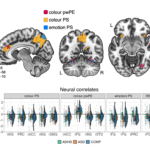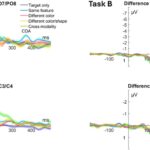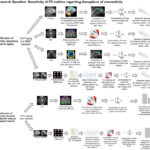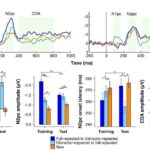Our brain has an incredible ability to adapt to changing patterns in the world around us. For instance, when searching for your keys, you might expect them to be in their usual spot, relying on previous experience. But how does this kind of learning work when the pattern isn’t static but constantly shifting? In a recent study led by Dr. Hao Yu, we investigated how people learn dynamic, cross-trial regularities in target locations during visual search.
Participants engaged in a circular visual search task where the target shifted to an adjacent position with 80% probability. Remarkably, about 70% of participants learned this dynamic regularity, and their performance improved significantly. Those who were aware of the shifting pattern exhibited faster response times and fewer saccades when locating the target in the frequently predicted position. In contrast, participants who were unaware of the pattern struggled, often exhibiting a negative cueing effect, emphasizing the critical role of conscious awareness in leveraging dynamic regularities.
These findings provide valuable insights into how the brain processes and adapts to complex visual environments, highlighting the interplay between implicit and explicit learning mechanisms. This study reveals how our brains exploit dynamic spatial patterns to enhance visual search performance.

Reference
Yu, H., Allenmark, F., Müller, H. J., & Shi, Z. (2023). Learning regular cross-trial shifts of the target location in serial search involves awareness – an eye-tracking study. Cognition, in press.





